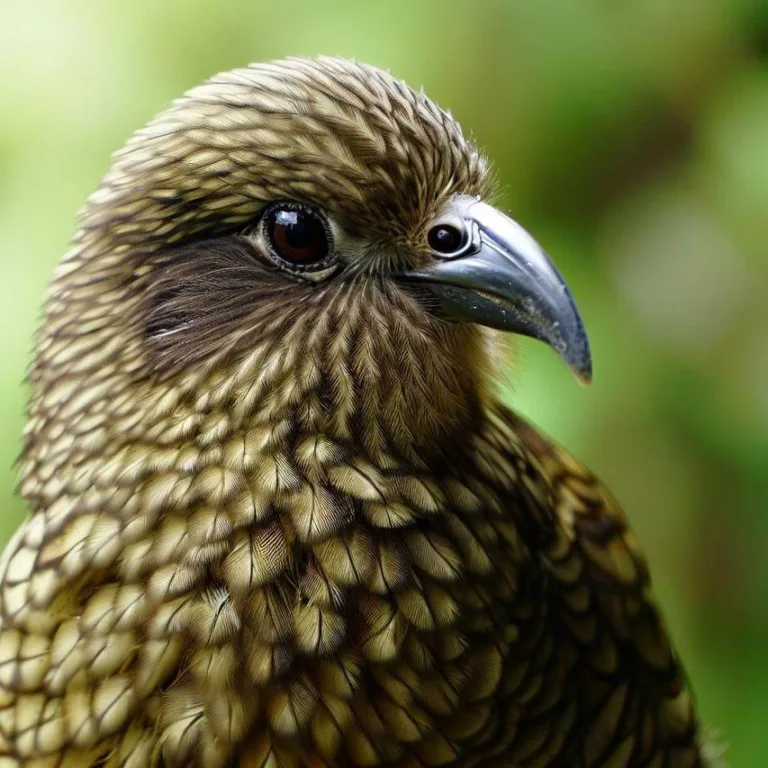Welcome to our comprehensive article about kea, the intelligent parrots native to New Zealand. Kea are known for their vibrant plumage, remarkable intelligence, and intriguing behaviors. In this article, we will delve into the world of kea, exploring their habitat, characteristics, behaviors, and the challenges they face in the modern world.
The remarkable kea
Kea (Nestor notabilis), also known as the New Zealand mountain parrot, are highly distinctive birds that inhabit the alpine regions of the South Island of New Zealand. With their vibrant green feathers, reddish-orange underwings, and striking personality, they are a sight to behold.
Physical Characteristics
Kea are medium-sized parrots, measuring around 48 cm (19 inches) in length. Their olive-green plumage helps them blend seamlessly with their forest surroundings. One of the most striking features of the kea is their intelligent and curious eyes, which often seem to express their inquisitive nature.
Intelligence and Behavior
Kea are renowned for their exceptional problem-solving abilities and keen curiosity. Their intelligence has been compared to that of a 4-year-old child, making them one of the smartest bird species in the world. They are known for their playful behaviors, which include solving puzzles, manipulating objects, and even engaging in aerial acrobatics.
One of the most well-documented behaviors of kea is their attraction to human-made objects. They have been observed playing with items such as vehicle antennas and backpacks, which has unfortunately led to some human-wildlife conflicts.
Habitat and conservation
Kea are uniquely adapted to the alpine environments of the South Island. They are often found in areas with rugged terrain, dense forests, and snowy peaks. Unfortunately, their habitat is under threat due to human activities, such as deforestation and the introduction of predators like stoats and possums.
Conservation Efforts
Efforts are underway to protect the kea population and their habitat. Conservationists are working to educate the public about responsible interactions with kea and to implement measures to reduce human impact on their environment. Captive breeding programs are also playing a crucial role in increasing the kea population and releasing birds back into the wild.
Challenges and Future Prospects
Despite these conservation efforts, kea still face numerous challenges. Their natural curiosity can put them at risk when they come into contact with human settlements, leading to conflicts. Additionally, their low reproductive rate makes it difficult for their populations to recover quickly.
Frequently Asked Questions (FAQs)
Q: Are kea friendly towards humans?
A: Kea are curious by nature and might approach humans, but it’s important to remember that they are wild animals. Feeding them or encouraging close interactions can lead to negative outcomes for both kea and humans.
Q: Are kea endangered?
A: While kea are not currently classified as endangered, they are considered a vulnerable species due to habitat loss and predation. Conservation efforts are crucial to ensuring their long-term survival.
Q: Can kea imitate human speech like some other parrots?
A: Kea have not been observed imitating human speech to the extent that some other parrot species do. However, they are known for their wide range of vocalizations, from shrill calls to melodious songs.
Q: How can I help in kea conservation?
A: You can support kea conservation by donating to reputable wildlife organizations, participating in habitat restoration projects, and spreading awareness about responsible kea interactions.
Final thoughts
In conclusion, kea are captivating creatures that bring a touch of vibrancy to the alpine landscapes of New Zealand. Their intelligence, curiosity, and unique behaviors make them a species worth protecting. By understanding their habitat needs and promoting coexistence, we can contribute to the preservation of these remarkable parrots for generations to come.
Viz také:






